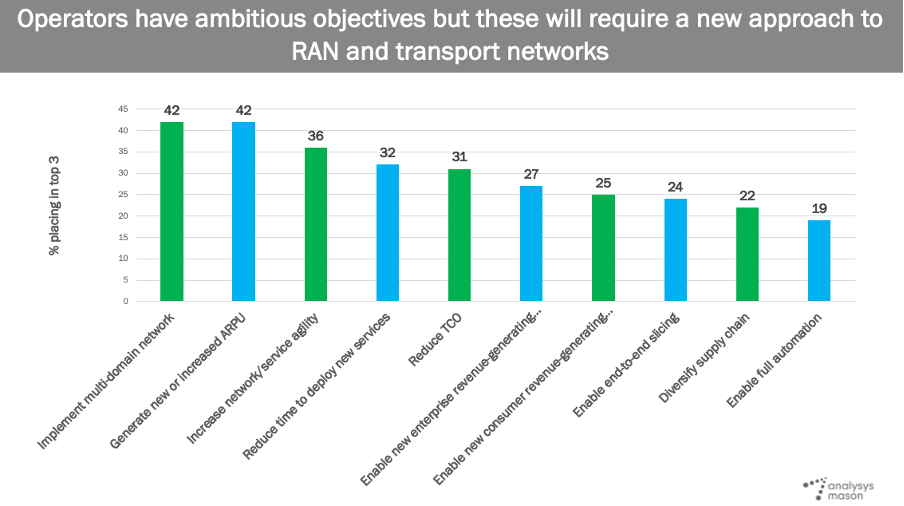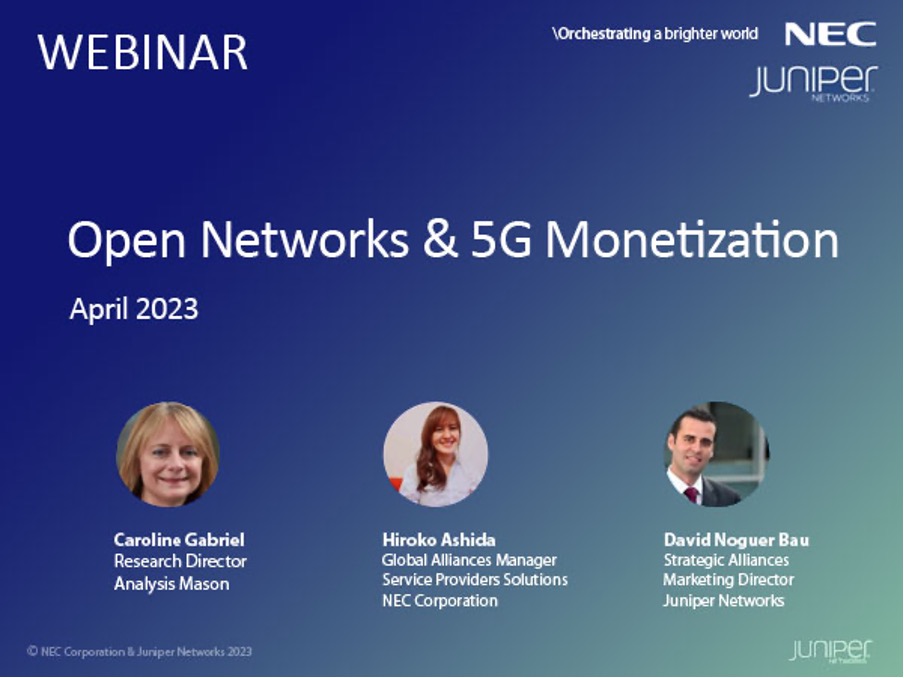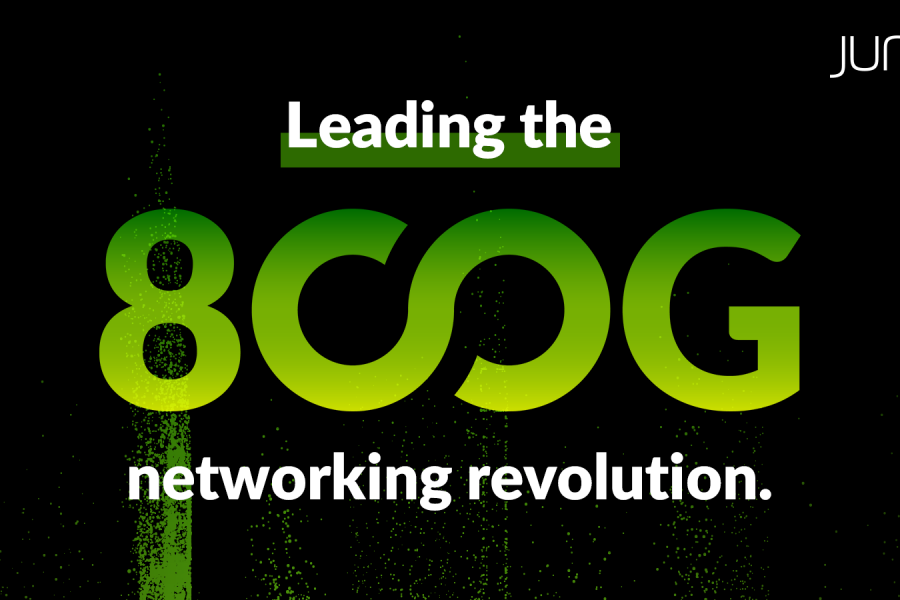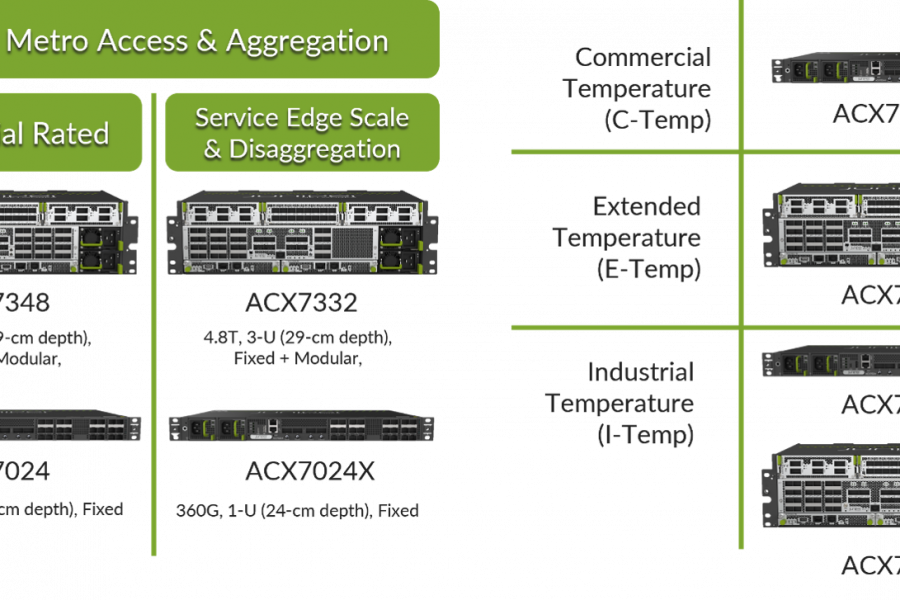According to research conducted by Analysys Mason, NEC Corporation and Juniper Networks, many operators have started to deploy 5G at some scale. many questions remain about how to best monetize these networks, from completing the 4G to 5G transition to new and different monetization options. 5G comes with many challenges, and in this blog, we’ll explore how open, end-to-end architectures help address these issues.
The 5G Challenge
Currently, there’s a significant gap between 5G aspirations and what’s actually being achieved. The reality is that 5G is being built on conventional architectures that aren’t fit for purpose and don’t offer the minimum requirements needed. The promise of new 5G features, such as low-latency communications, massive connectivity, ultra-reliable communications, good coverage and integration with edge computing, are not being met, limiting the growth of the average revenue per user (ARPU).
This means that operators are missing out on monetization models they could be charging for, such as the number of devices connected, the amount of time or data used and the volume of coverage. To generate new revenue models and become cost-efficient, operators need to think about the role they want to take and the networks they need to build to monetize these new experiences. They need a fully supported software-defined infrastructure that combines advanced productivity with a hyperedge cloud, like Juniper Cloud Metro.
New Network Architectures
To support this flexibility and diversity, many are moving away from traditional architectures to evolve their platforms into end-to-end networks. Looking beyond their core proposition on which the communication business had been built, operators can now enhance their offerings by overcoming the limitations of fixed wireless access (FWA) with new use cases and revenue streams, such as edge capacity, advanced connectivity, more devices and content bundles, like Netflix – but these require a new network approach.
In the past, networks were built on just one vendor, but this limits innovation. With open networks, operators have the option of mixing equipment and software of multiple vendors in their architecture, taking advantage of multiple sources of innovation. These open architectures are critical to 5G monetization, and operators need to make a significant choice quickly – build an industrial connectivity platform that takes a shorter time to achieve or develop a universal digital fabric that takes longer, but is safer, can be self-corrected and offers open innovation?
End-to-End Open Networks
The operators’ ambitious objectives for advanced 5G services, such as the Metaverse or the evolution toward 6G, can’t be achieved with conventional network architectures. A new approach to RAN and transport networks is required, and most operators understand that multi-domain networks need to be implemented. In fact, an end-to-end sliceable network that’s sourced through multiple vendors is the preferred option, as it gives operators access to a large base of innovation to grow their business and agility in introducing new services.

This journey will take a long time, but these end-to-end open networks mean key enablers, such as 5G core, software-defined transport, open and virtualized RAN (including Open RAN/RIC), lifecycle automation and end-to-end service orchestration can be invested in now and sliced later. The introduction of an experienced system integrator (SI), like NEC, will simplify the complexity of designing the network with additional benefits such as automation, cloud migration and monetization.
Juniper’s Strategic Alliance with NEC Corporation
Operators need to move to an open, cloud-based and end-to-end network that is also affordable and provides monetization opportunities. That’s where NEC Corporation and Juniper Networks’ joint vision that drives open networks in 5G for better experiences comes in.
Accelerating open networking and helping operators be successful in the 5G era, NEC xHaul Transformation Services and Juniper Cloud Metro perfectly complement each other by providing end-to-end connectivity from the access, to the metro and the cloud. The combination of NEC and Juniper supports operators with a complete end-to-end portfolio, covering the broadband or Open RAN access, the converged metro and transport networks, the data center, including security, telco cloud and network automation, and industry-specific solutions.
At the same time, NEC and Juniper offer unique professional services for multivendor, multi-domain, and multi-layer networks, along with advanced IP engineering services. Together, we provide the best-of-breed solutions suited for each operator’s requirements that are essential for to address the drastic traffic growth and the need for monetization.
To learn more about open networks, 5G monetization and NEC’s and Juniper’s joint offering, tune in to the webinar on-demand.



